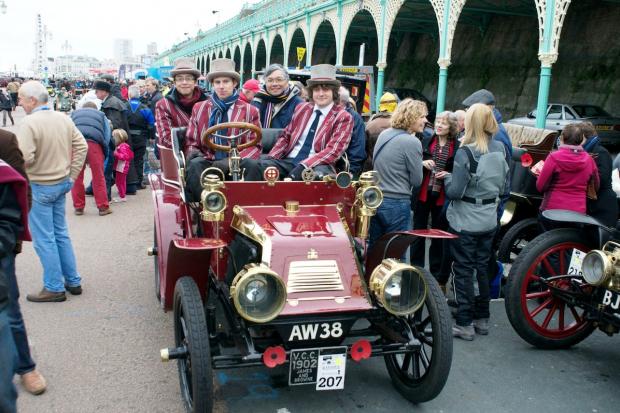
As with most years, one of the most historically interesting entrants on the London to Brighton Veteran Car Run in November will be the James & Browne 9HP known as Bo, short for Boanerges.
Thought to be one of only two survivors, the 1902 car will as ever be crewed by a team of students in their 20s, as it has been for more than 80 years.
The reason is that Bo is owned by City & Guilds College (part of Imperial College London) and each year a team of engineering students prep it for the Run and then drive it themselves.
It’s a ritual that’s being going since the late-1920s when the rare veteran was bought by the university for £30 as an engineering project for students.
“Actually, it takes two people to drive Bo,” said Dr Shaun Crofton, Senior Tutor at Imperial’s Engineering Department and Bo’s guardian. “One looks after the steering, brakes and gears while the front seat passenger is responsible for the throttle and the ignition advance and retard.”
“It might sound a little dangerous but actually it’s a fine example of how teamwork can get the job done.”
Crofton owns two veterans of his own and will be taking part this year in his 1900 single-cylinder De Dion-Bouton vis-à-vis.

The name Boanerges comes from the bible (Mark 3:17) and means ‘Son of Thunder’. Built in Hammersmith, the James & Browne arrived at Imperial College in November 1925 to replace ‘Old Bo’, a 1908 Rover that was too young to take part in the Veteran Car Run, which is open only to cars built up to 31 December 1904.
